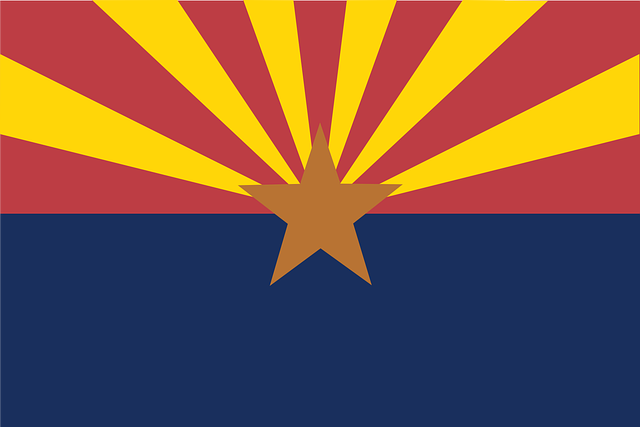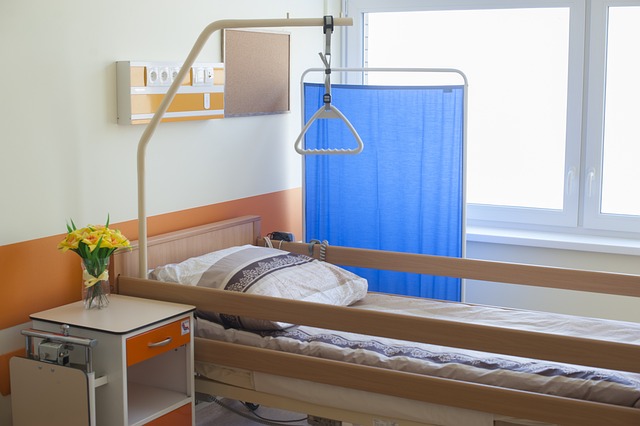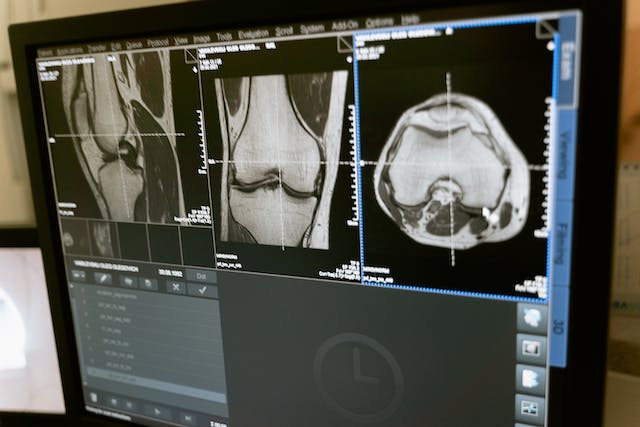Physician Shortages
The Indian Health Service (IHS) faces significant physician shortages, with a vacancy rate of 25% in 2018. To address this, the American Medical Association (AMA) recommends creating an office of academic affiliations to establish partnerships with medical schools and residency programs. Currently, the IHS lacks formalized connections with academic medical centers, unlike other federal health systems such as the Veterans Health Administration and the Military Health System. These partnerships could offer training opportunities and help attract physicians to underserved areas. The AMA also suggests raising physician compensation, modernizing facilities, and developing funding streams for rotations and learning opportunities. Additionally, the IHS should evaluate regulatory barriers and provide resources to support physicians serving American Indian, Alaska Native, and Native Hawaiian communities. Overall, the AMA is committed to addressing the physician shortage within the IHS to ensure access to healthcare for these populations.
Cortez Masto’s Legislation for Enhancing Recruitment Efforts
Representatives from the Reno-Sparks Indian Colony Tribal Health Center and the U.S. Department of Health and Human Services advocated for the approval of the IHS Workforce Parity Act before a Senate panel. This legislation, co-sponsored by Senators Catherine Cortez Masto and Markwayne Millen, aims to address healthcare worker recruitment and retention challenges at Indian Health Service (IHS) facilities.
The proposed act would enable part-time providers to access IHS scholarship and loan repayment programs, aligning them with similar programs like the National Health Service Corps (NHSC). This alignment would enhance recruitment efforts in provider-shortage areas, improving access to healthcare in tribal communities.
Testimonies revealed that IHS facilities face significant staffing shortages, with a national vacancy rate of 25%, which can escalate to 50% in rural and frontier tribal clinics in Nevada. The current full-time work requirement for accessing grant and loan repayment benefits acts as a barrier to recruitment and retention efforts.
Understaffing negatively impacts healthcare outcomes in tribal communities, exacerbating conditions such as diabetes, cirrhosis, chronic lung diseases, and behavioral health issues. Failure to address these challenges undermines the U.S. government’s trust responsibility to ensure the healthcare needs of Native communities are met, as outlined in legal agreements between First Nations and the federal government.
New Facilities in Arizona
In Arizona, three new health facilities have opened recently to improve healthcare access for Native American communities, with more projects in progress. Despite strides, Native Americans still face health disparities like diabetes and cardiovascular disease. The Navajo Nation, home to over 244,000 people, operates 12 primary care facilities under the Indian Health Service (IHS), crucial in an underserved area.

The Supai Health Station, nestled in the Grand Canyon and reachable only by air, mule, or foot, offers expanded services like primary care and dental. Similarly, the Dilkon Medical Center in the Navajo Nation provides comprehensive healthcare, including in-patient beds and behavioral health support.
Scheduled for May 2024, Sage Memorial Hospital in Ganado will further strengthen healthcare, serving around 23,000 people. Despite progress, challenges persist, including a shortage of hospital beds and healthcare professionals. Recruitment incentives like loan repayment aim to attract Native American individuals to healthcare careers.
Future plans include constructing new facilities in Bodaway Gap, Arizona, and Gallup and Pueblo Pintado, New Mexico, to enhance healthcare access for Native American communities in the region.
Any healthcare facilities needing support in radiology can look to Vesta for accurate and timely interpretations, even for subspecialties. Please contact us to learn more about our 24/7/365 teleradiology services.
Sources:
Nevadacurrent.com
cronkitenews.azpbs.org
ama-assn.org
openai.com

